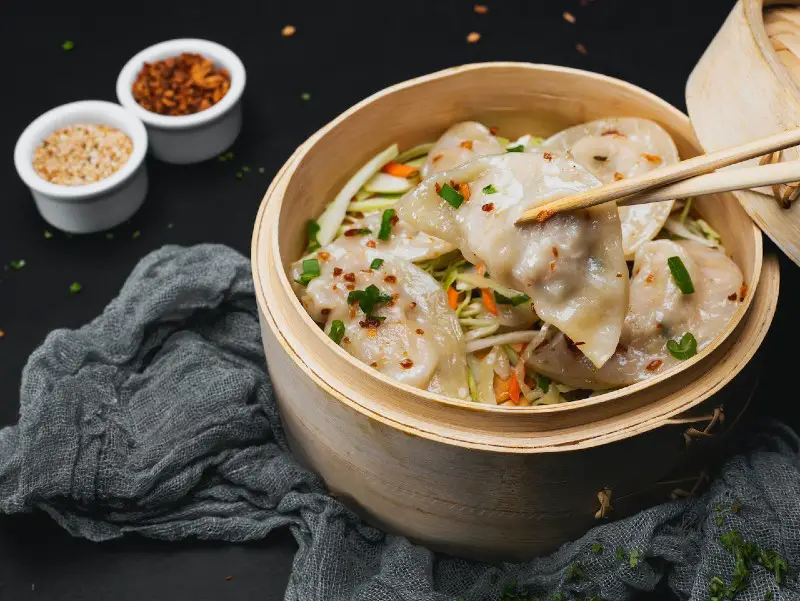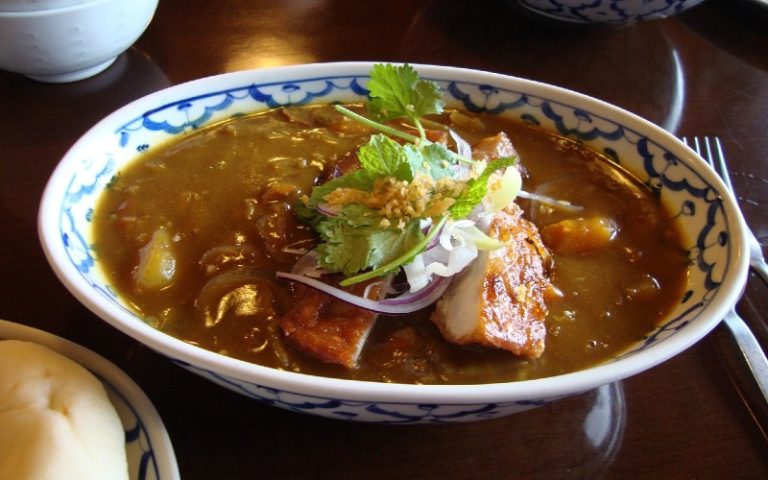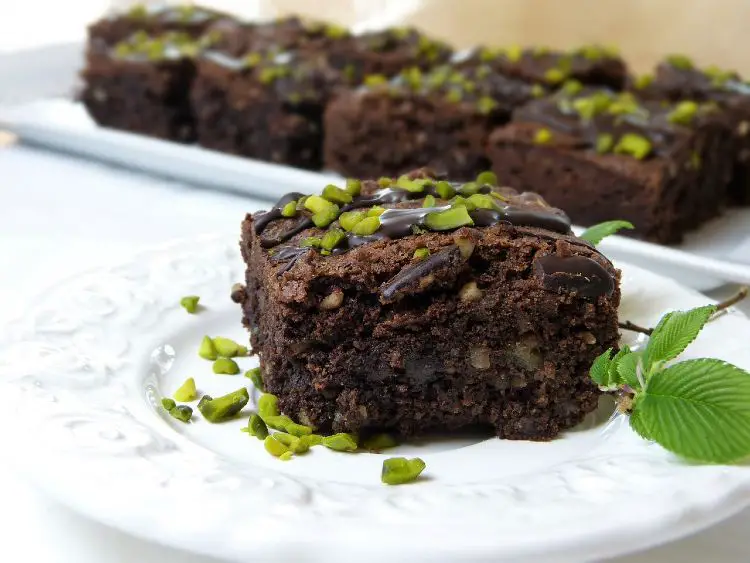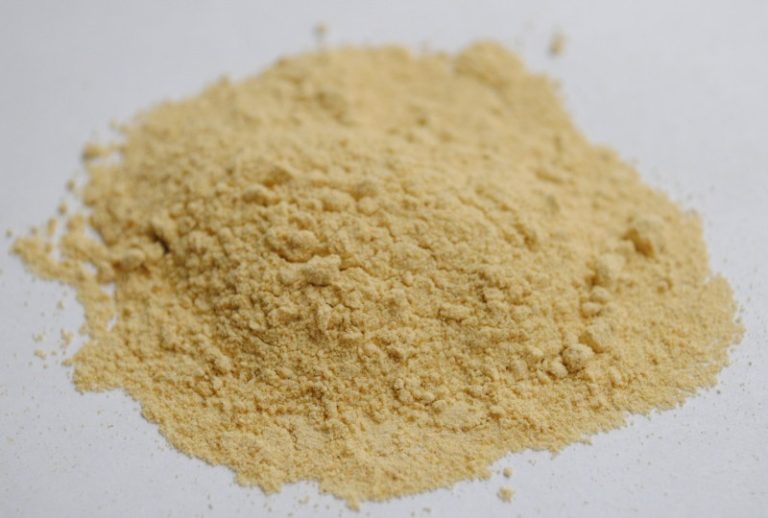Fried vs Steamed Dumplings: The Dumpling Dilemma Solved!
Dumplings have a rich and diverse history that transcends borders and unites cultures. Originating thousands of years ago, these pockets of deliciousness have been enjoyed in various forms across different civilizations. From the “jiaozi” in China to the “pierogi” in Poland, the basic concept remains the same: a wrapper filled with meat, vegetables, or other ingredients. However, each region has its own unique take on these universally cherished treats, adapting them to local tastes and culinary traditions.
Two Main Types: Steamed and Fried
While dumplings can be boiled, baked, and even grilled, two particular methods of cooking stand out as the most popular: steaming and frying.
- Steamed Dumplings: Typically associated with East and Southeast Asian cuisines, these dumplings are cooked using steam, which makes the wrapper soft and moist. Varieties include “xiaolongbao,” “har gow,” and “momo.”
- Fried Dumplings: More common in Western interpretations and also found in some Asian cuisines, fried dumplings are cooked in oil. This method produces a crispy exterior and is often the preparation of choice for types like “gyoza” and “samosas.”
Fried vs Steamed Dumplings Quick Comparison
| Criteria | Steamed Dumplings | Fried Dumplings |
|---|---|---|
| Ingredients | Basic: flour, water, various fillings | Similar but require additional cooking oil |
| Preparation Method | Steaming | Pan-frying or deep-frying |
| Nutritional Profile | Lower in fat and calories | Higher in fat and calories |
| Taste & Texture | Soft, delicate flavors | Crispy, robust flavors |
| Cultural Significance | Popular in China, Nepal, Tibet, Vietnam | Popular in Japan, India, Poland |
| Ease of Preparation | Easier, less risky | Requires more skill, especially for deep-frying |
| Storage & Reheating | Easy to store, best reheated by steaming | Can become soggy, best reheated in an oven |
| Adaptability | Versatile in fillings and cuisines | Equally versatile but often feature bolder flavors |
| Environmental Impact | Lower energy use, less waste | Higher energy use, oil disposal required |
| Cost | Generally cheaper | More expensive due to oil and energy costs |
Fried vs Steamed Dumplings Detailed Comparison
Ingredients
Common Elements (Flour, Water, Filling)
At their core, most dumplings share a set of basic ingredients:
Wrapper: Usually made from a simple mixture of flour and water, although variations can include eggs and different types of flour, such as rice or potato flour.
Filling: A range of possibilities exists, from ground meats like pork, chicken, or beef, to vegetable fillings like cabbage, spinach, and mushrooms. Some dumplings even feature seafood like shrimp or crab.
Variations Based on Type
The ingredients can vary significantly depending on the type of dumpling and its regional origin.
Steamed Dumplings: Often feature lighter fillings and may include ingredients like shrimp, chives, or even soup (as in xiaolongbao). Rice flour or tapioca flour may be used in the wrapper to accommodate the softer texture achieved through steaming.
Fried Dumplings: Heavier, more robust fillings like spiced meat or mashed potatoes are common. The wrapper may include egg for additional strength to withstand the frying process.
Flavor Profile
Steamed Dumplings
Taste: Steamed dumplings often have a more delicate and subtle flavor profile. The steaming process allows for the individual flavors of the filling and the wrapper to come through.
Complexity: The lack of a strong frying flavor means that seasonings like ginger, garlic, and herbs often play a more prominent role in the overall taste.
Fried Dumplings
Taste: Frying can impart a richer, more robust flavor to the dumplings due to the caramelization and Maillard reaction that occur during the cooking process.
Complexity: The stronger flavors from frying can sometimes overshadow the subtler flavors of the filling, but this is often offset by the unique satisfaction that comes from a crispy exterior.
Texture
Soft vs. Crispy
Steamed Dumplings: Soft and moist, with a pliable wrapper that encloses the filling. The filling itself is often tender and juicy, making for a gentle eating experience.
Fried Dumplings: Feature a crispy, crunchy exterior while maintaining a tender interior. The dual texture adds an extra dimension that many find appealing.
Pairings
Sauces and Sides for Steamed Dumplings
Sauces: Lighter dipping sauces, often soy-based with additions like vinegar, ginger, and sesame oil, complement the delicate flavors well.
Sides: Steamed vegetables or light salads are often served with steamed dumplings to maintain the meal’s lighter nature.
Sauces and Sides for Fried Dumplings
Sauces: Richer, more robust sauces like spicy mayo, sweet and sour sauce, or even creamy dips can be a good match for the stronger flavors of fried dumplings.
Sides: Fried dumplings pair well with more substantial sides like fried rice, stir-fried noodles, or even a hearty salad.
Ease of Preparation
Steamed Dumplings
Skill Level: Generally easier for beginners, as there’s no need to manage oil temperatures or worry about splattering.
Equipment: Requires a steaming setup, which might not be readily available in every kitchen.
Fried Dumplings
Skill Level: Requires a bit more expertise, especially for deep-frying, to ensure even cooking and prevent burning.
Equipment: A frying pan or a deep-fryer is commonly available in most kitchens, making this method slightly more accessible.
Storage and Reheating
Steamed Dumplings
Storage: Can be stored in the refrigerator for a few days or can be frozen for longer periods. However, the texture may slightly change upon reheating.
Reheating: Best reheated by steaming again to restore their soft texture, although microwaving is also an option.
Fried Dumplings
Storage: Also can be stored in the refrigerator or freezer, but the crispy texture will be lost if not reheated properly.
Reheating: Best reheated in an oven or air fryer to restore crispiness. Microwaving is generally not recommended as it makes them soggy.
Adaptability to Various Cuisines and Fillings
Steamed Dumplings
Adaptability: Easily adaptable to various cuisines, from Asian to European. Fillings can range from traditional pork and cabbage to more modern fillings like vegan or seafood options.
Fried Dumplings
Adaptability: Equally versatile, fried dumplings can take on a range of fillings and flavors from around the world, including spiced meats, vegetables, and even dessert fillings like fruit or chocolate.
Nutritional Profile
Calories and Fat Content
Steamed Dumplings
Calories: Generally lower in calories compared to fried dumplings, steamed dumplings usually range between 40-70 calories per piece, depending on the filling and size.
Fat Content: Steamed dumplings have less fat, as no oil is used in the cooking process. The fat content mainly comes from the filling and is usually less than 2 grams per piece.
Fried Dumplings
Calories: Due to the frying process, these dumplings have a higher caloric content, often ranging from 80-120 calories per piece.
Fat Content: The frying process increases the fat content, which can vary between 4-10 grams per piece depending on how they are fried (deep-fried vs. pan-fried) and the type of oil used.
Vitamins and Minerals
Steamed Dumplings
Vitamins: Generally retain more of the water-soluble vitamins like Vitamin C due to the gentler cooking process.
Minerals: No significant loss of minerals like iron or calcium is observed when steaming.
Fried Dumplings
Vitamins: Some loss of water-soluble vitamins can occur due to the high temperatures of frying.
Minerals: Like steamed dumplings, the mineral content is not significantly affected by frying.
Pros
Steamed Dumplings: Lower in fat and calories, making them a better option for those watching their weight or trying to reduce caloric intake. The steaming process also retains more vitamins.
Fried Dumplings: The frying process can impart a richer flavor and more satisfying crunch. In some cases, the higher fat content can also result in increased satiety, making you feel full longer.
Cons
Steamed Dumplings: Some people may find them less satisfying due to the softer texture and lower fat content. Also, if high-sodium ingredients are used in the filling, they can still be unhealthy despite being steamed.
Fried Dumplings: Higher in calories and fat, making them less suitable for a low-calorie or low-fat diet. The type of oil used for frying can also impact the healthfulness of the dish, with saturated fats and trans fats being less healthy options.
FAQs
What’s The Difference Between Pan-Fried And Steamed Dumplings?
Pan-fried and steamed dumplings are both delightful options for those who enjoy this versatile dish, but they offer distinct experiences in terms of texture, flavor, and preparation.
Pan-Fried Dumplings
- Texture: Crispy on the outside with a tender filling.
- Flavor: Richer, more robust due to the caramelization and Maillard reaction.
- Preparation: The dumplings are first seared in a hot pan and then water is added to steam and cook them through. The result is a dumpling with a crispy bottom and a tender top.
Steamed Dumplings
- Texture: Soft and moist throughout.
- Flavor: More delicate, allowing the nuances of the filling and dough to shine.
- Preparation: The dumplings are placed in a steamer, either bamboo or metal, and steam-cooked until tender.
Are Chinese Dumplings Fried Or Steamed?
Chinese dumplings can be either fried or steamed, and sometimes even both. Popular fried options include “guotie,” which are pan-fried, while “xiaolongbao” and “jiaozi” can be steamed. Some dumplings like “shuijiao” are often boiled. Each cooking method is traditional and brings its own set of flavors and textures to the table.
Can You Deep Fry Dumplings?
Yes, you can deep fry dumplings, and the result is a crunchy, golden exterior with a hot, steaming interior. To deep fry dumplings, heat oil in a deep fryer or a deep pan to about 350°F (175°C). Add the dumplings carefully into the hot oil and fry until golden brown. Note that deep-frying will make the dumplings higher in calories and fat content.
What Can You Put In Your Dumplings?
The sky’s the limit when it comes to dumpling fillings! Here are some popular options:
- Meat: Pork, chicken, beef, or lamb.
- Seafood: Shrimp, crab, or fish.
- Vegetables: Cabbage, mushrooms, chives, or spinach.
- Combination: Pork and shrimp, chicken and mushroom, etc.
- Others: Tofu, cheese, or even fruit for a sweet version.
Feel free to experiment with spices and herbs to add extra flavor.
Can You Make Your Own Dumpling Dough?
Absolutely, making your own dumpling dough is not only possible but also quite simple. All you need is some all-purpose flour and water, and sometimes a pinch of salt.
Basic Recipe:
- In a large mixing bowl, add 2 cups of all-purpose flour.
- Gradually add about 1 cup of boiling water while stirring.
- Knead the dough until smooth.
- Cover and let it rest for at least 30 minutes.
You can then roll out the dough and cut it into circles for wrapping your dumplings. Homemade dough also allows you to adjust the thickness and size to your preference.
Whether you choose to steam, pan-fry, or even deep-fry your dumplings, each method offers its own unique culinary experience. With a variety of possible fillings and the option to make your own dough, the possibilities are endless for this delicious dish!



